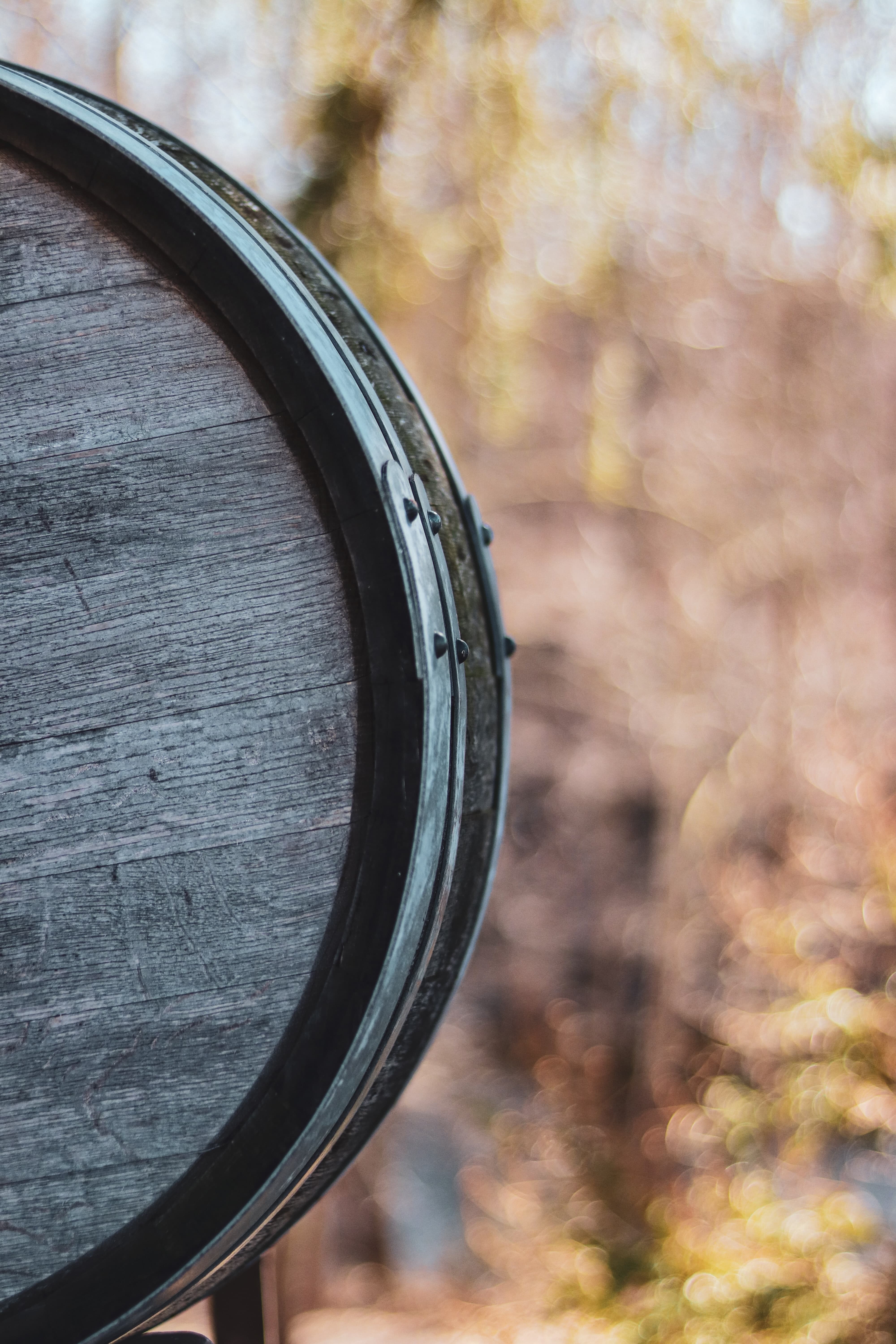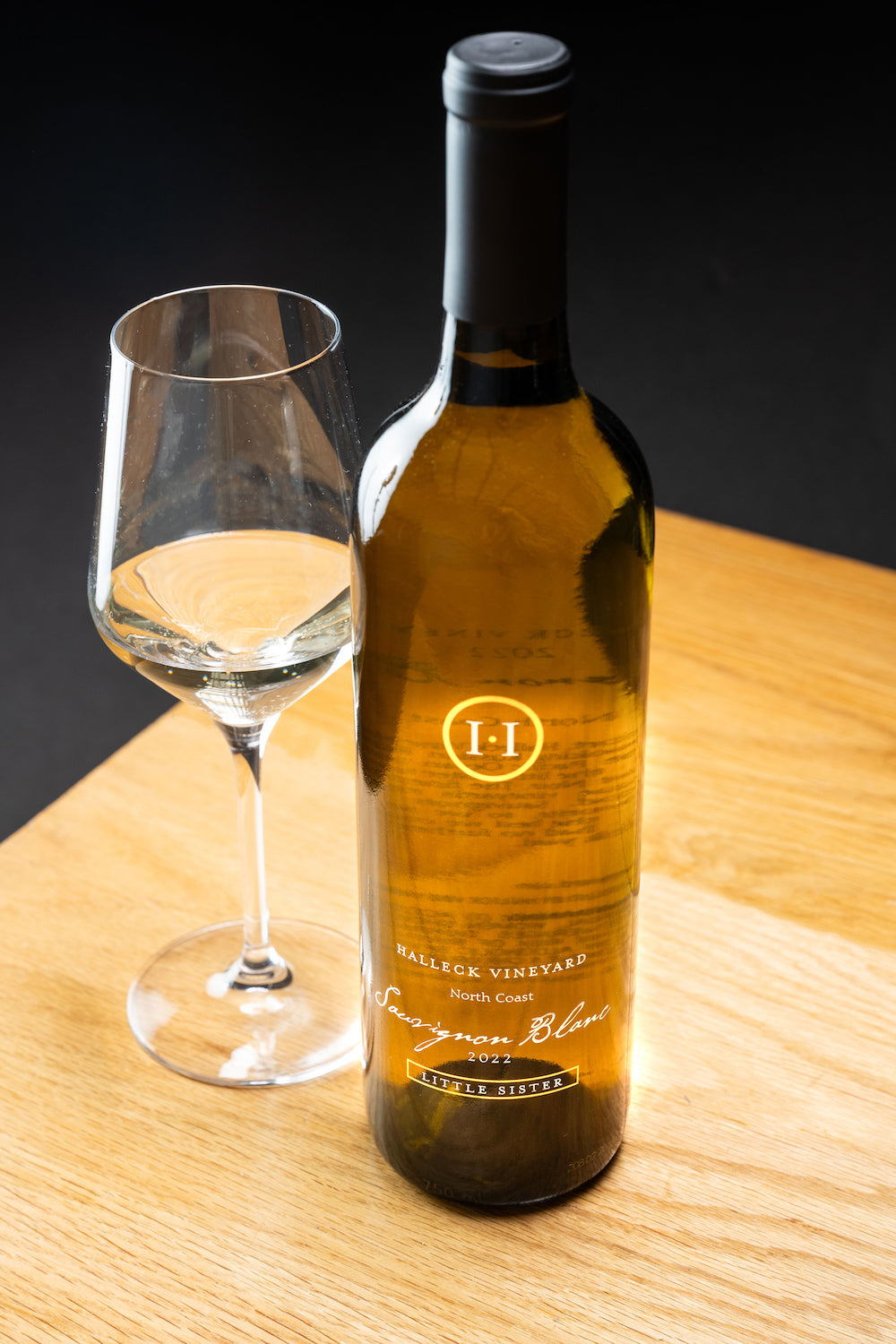Wineries Offering Charcuterie And Wine Pairings - Vineyard Experiences In Sonoma
Wineries Offering Charcuterie And Wine Pairings - Vineyard Experiences In Sonoma
Blog Article
Wineries Showcasing Local Art And Crafts - Sebastopol Winery Experience
Wine tasting is an art that requires practice and an understanding of varied features involved within the course of. One essential element of wine tasting is the development and interpretation of tasting notes, which serve as a guide for both novices and seasoned connoisseurs. A Guide To Understanding Winery Wine Tasting Notes can improve your wine-tasting experience, making it extra meaningful and enjoyable.

Tasting notes are concise descriptions that capture the essence of a wine’s flavors, aromas, and overall character. Normally composed by professional tasters, winery tasting notes provide insights into the nuances of various wines. They can help wine enthusiasts understand what to expect from a selected bottle. However, tasting notes can vary widely in style and element based on the writer's experience and palate.
Upcoming Wine Festivals In Sonoma County - Best Wine Tasting Spots In Sonoma County
When you first strategy a glass of wine, your senses will start to have interaction immediately. The sight, smell, and taste of the wine will converge to offer you a complete experience. Tasting notes typically start with the visual assessment, where the color of the wine is taken into consideration. Shade performs a big role in indicating the wine’s age, grape variety, and even its flavor profile.
After assessing the visual side, the following step includes swirling the wine within the glass. This action aerates the wine, allowing its aromas to awaken. Smelling the wine provides crucial insight into its complexity. The preliminary sniff can deliver a flood of scents that may embrace fruity, floral, natural, or earthy notes. This is commonly probably the most subjective a part of tasting, as individual experiences can dramatically differ.
In winery tasting notes, descriptors are often categorized into main, secondary, and tertiary aromas. Major aromas normally stem from the grape selection, secondary aromas derive from fermentation processes, and tertiary aromas arise from getting older. Understanding these categories might help you appreciate the depth of a wine, and so they also provide the vocabulary to specific your experience better.
Wineries That Welcome Walk Ins - A Visit To Sebastopol Wineries
Following the olfactory encounter, your focus will shift to the taste of the wine. This is the place the primary characteristics—sweetness, acidity, tannins, alcohol—come into play. Tasting notes typically detail these flavors in multiple dimensions, including the initial attack in your palate to the lingering end on your tongue. A high-quality wine will present a harmonious balance between these components.
Whereas tasting, it is essential to contemplate the body of the wine, which could be described as light, medium, or full. The body contributes considerably to your overall impression, helping you contemplate how the wine pairs with food or whether it stands alone as a sipping wine. Balancing the physique with the opposite traits provides you with a fuller understanding of what the wine has to offer.
The end of the wine, also referred to as the aftertaste, is another critical facet often included in tasting notes. A long, nice finish normally indicates a higher quality wine, whereas a short or cloying aftertaste could recommend in any other case. Evaluating the finish can provide further perception into the wine's complexity and distinction.
Understanding the context of winery tasting notes is also priceless. Tasting notes can provide contextual details about the vineyard's location, climate, and grape-growing practices. This context provides another layer of appreciation for the wine, permitting enthusiasts to connect the sensory experience with its origins, thus enhancing the enjoyment further.
Wineries Renowned For Cabernet Sauvignon In Sonoma - Vineyard Experiences In Sonoma
Many wineries present tasting notes on their web sites or labels, typically written in an approachable but informative style. Nevertheless, not all winery tasting notes are created equal. Some could also be overly technical, whereas a knockout post others may prioritize advertising aptitude over insightful evaluation. Studying to navigate these notes can arm you with the knowledge to make informed decisions when deciding on wines.
Taking Part in tastings at wineries can even deepen your understanding of wine tasting notes. Interacting with educated workers can give you a extra hands-on approach to exploring different wines and the language used to describe them. Wineries That Offer Dog Friendly Areas. You Will have the chance to ask questions, engage in discussions, and doubtlessly refine your palate in real time.
Experimentation is essential for mastering wine tasting notes. As you pattern different wines, attempt making your individual notes. Focus on describing the wine’s color, aroma, style, and end. Over time, you’ll develop a private vocabulary that resonates with your sensory experiences. Every note you create will help refine your palate, permitting you use this link to understand wines at a deeper stage.
Wineries In Sebastopol - Vines And Views In Sonoma Wine Country
In conclusion, a Guide To Understanding Winery Wine Tasting Notes offers a comprehensive framework for diving into the world of wines. It equips you with the methods and language essential to articulate your experiences. Whether you are a casual drinker or a dedicated aficionado, understanding and using tasting notes can profoundly impression your wine journey. This data not only enhances your enjoyment but in addition connects you deeply with the rich narratives each bottle tells. By embracing this journey, you become a part of the beautiful mosaic of wine culture, the place each sip unveils a new story ready to be discovered.
- Wine tasting notes usually encompass quite lots of sensory descriptions, including aroma, flavor, acidity, body, and end, allowing tasters to completely respect the wine's characteristics.
- To enhance your understanding, familiarize your self with frequent wine terminology corresponding to "tannins," "oakiness," or "terroir," which might help decipher the notes more effectively.
- A systematic method to tasting entails first visually assessing the wine's colour and clarity, followed by swirling to launch aromas, then inhaling and describing what you experience.
- Taking notes during tasting might help determine patterns over time, enhancing your palate and making it easier to recall preferences for future alternatives.
- Do Not overlook the affect of food pairings; tasting notes can differ significantly when a wine is loved with complementary flavors, altering notion and delight.
- Pay attention to the wine’s vintage, as weather conditions in a given year can significantly have an effect on the ultimate product, adding one other layer to the tasting notes.
- Contemplate the winemaker's style and philosophy, which might form the wine's profile and influence how its notes evolve with each sip.
- Practicing with totally different grape varieties can broaden your vocabulary; each type brings distinctive characteristics that can enhance your ability to articulate tasting notes successfully.
- Partaking with wine professionals or attending tasting events can provide priceless insights, providing a richer context for understanding personal tasting notes.
- Remember that tasting is subjective; particular person preferences and experiences will shape one’s interpretation of the identical wine, enriching the overall enjoyment of wine exploration.
What are wine tasting notes?
Wine tasting notes are descriptive feedback made by tasters concerning the look, aroma, style, and end of a wine. They provide an overview of the wine's traits and can help customers understand the style and quality of the wine.
Rustic Family-Owned Wineries In Sebastopol - Exploring Sonoma's Wine Landscape
Why are tasting notes essential when selecting wine?
Tasting notes can guide you in selecting a wine that suits your palate. They provide insights into flavors and aromas, helping you to match wines with food or occasions. Understanding these notes enhances your overall wine experience.
How ought to I read wine tasting notes?
(Elegant Wine Tasting Locations In Sonoma)
Best Pinot Noir Wineries In Sebastopol - Wineries To Explore In Sonoma Valley
When studying wine tasting notes, pay attention to the construction: look for descriptions of shade, aroma, flavor, and finish. This will assist you to grasp the wine's profile and decide if it aligns together with your preferences.
What phrases commonly seem in wine tasting notes?
Widespread phrases include "tannin" (the structure), "acidity" (the crispness), "body" (the weight), and varied flavor descriptors like "fruity," "earthy," or "spicy." Familiarizing your self with these terms can deepen your understanding of wine.
Wineries Offering Elegant Wine Tastings - The Charm Of Sonoma Wineries
Am I Able To create my very own tasting notes?
Yes! Writing your personal tasting notes can enhance your wine tasting experience. Focus on your observations of taste, aroma, and different sensory traits. This personal practice might help you refine your palate over time.
How do I determine the aromas in wine tasting notes?
Wineries Ideal For Large Groups - Sebastopol Wine Country Vineyards Adventure
To determine aromas, practice smelling a selection of scents and associating them with wines. Swirl the wine in your glass to release its aromas, then take a moment to breathe in deeply earlier than identifying any prominent scents.

What is the distinction between professional and personal wine tasting notes?
Professional tasting notes may use more technical language and particular terminology, while personal tasting notes are subjective and replicate particular person experiences. Each are priceless for understanding and having fun with wine, however personal notes may resonate extra along with your unique tastes.
How can tasting notes enhance my wine appreciation?
Historical Wineries To Visit In Sonoma - Top Wineries To Visit In Sebastopol
Tasting notes can improve your appreciation by serving to you to grasp and articulate the complexities of wine. They encourage conscious tasting and provide a framework for comparing different wines, leading to a richer enjoyment of the beverage.
Are there any apps or tools to help with wine tasting notes?
Yes, there are several apps designed to assist customers record and organize their tasting notes. These tools typically supply options like flavor wheel guides and wine database searches, making it simpler to trace your journey by way of different wines. Report this page